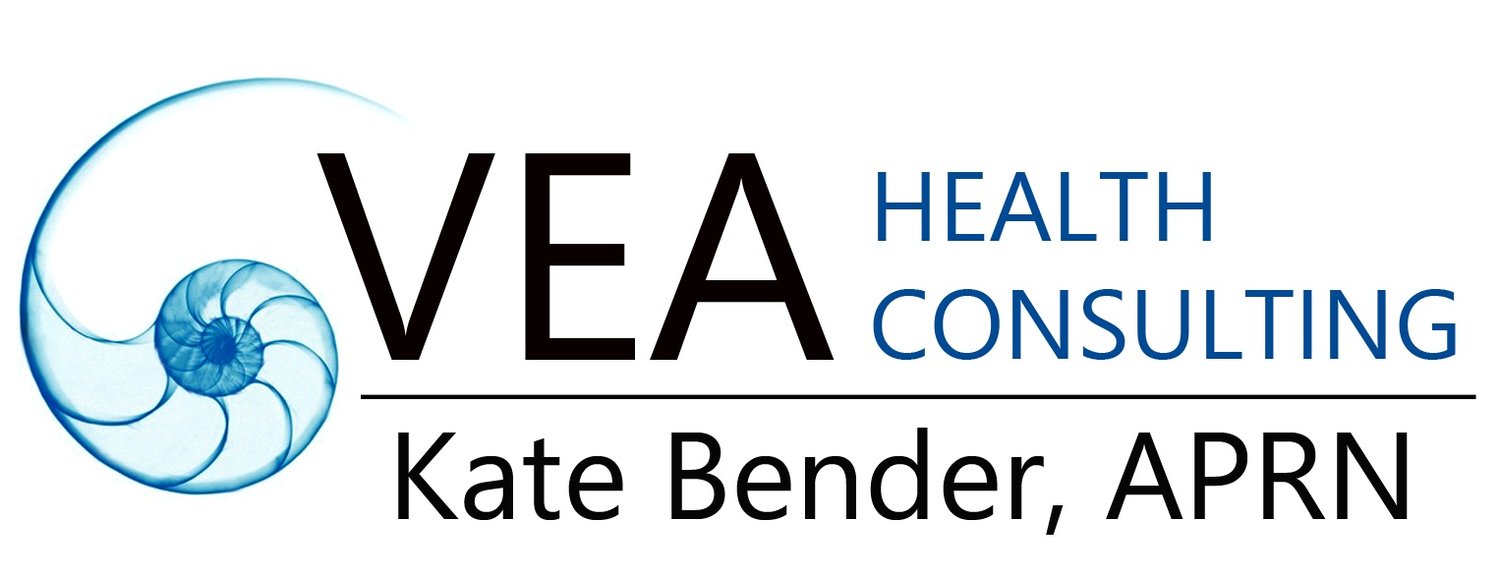Just Breathe
Sounds simple enough. In fact, if you forget to breathe, your autonomic nervous system (kind of like autopilot) will take over and keep breathing for you. Breathing is how our body exchanges oxygen and carbon dioxide. Our cells use oxygen for fuel, and carbon dioxide is the waste product. When you breathe in, your diaphragm contracts and moves down while your ribs expand. This action creates more space in the lung cavity and results in negative pressure causing air to flow into the lungs. Inside the lungs, oxygen passes into the body and carbon dioxide moves into the lungs. Then the process reverses and the ribs contract and the diaphragm relaxes making air move out of the lungs and expelling the carbon dioxide.
One of the cooler facts about breathing is that it is one of the basic human functions that is controlled by the autonomic nervous system (autopilot) and can be purposely controlled by you. If you want to control your breath, you can; however, if you try to hold it for too long, your autopilot will take control and breathe. This cool trick can be a very powerful tool.
Mindful breathing has been linked by studies to lower physiological and psychological stress. One such type of mindful breathing is pranayama breathing. This ancient breathing technique is linked to yoga and meditation. Breathing exercises do not have to be performed in connection with yoga movements or meditation though it could be argued focusing on your breath is a form of meditation.
Here are several breathing exercises you can try:
4-7-8 Breathing
Breathe in through your nose for the count of 4
Hold your breath to the count of 7
Slowly exhale through your mouth for the count of 8
Square or Box Breathing
Breathe in through your nose for the count of 4
Hold your breath to the count of 4
Exhale for the count of 4
Hold your breath to the count of 4
Repeat at least 3 times
Lion’s Breath
Breathe in through your nose
Forcefully exhale with an audible sign or “ha” sound
Alternate Nostril Breathing
Plug your right nostril with your right thumb
Slowly breathe in through your left nostril
Hold your breath for a moment
Unplug your right nostril, and plug your left nostril with your right pointer/index finger
Breathe out through your right nostril
Slowly breathe in through your right nostril
Hold your breath for a moment
Breathe out through your left nostril
And repeat
How long should you practice mindful breathing? Ideally, taking 15 minutes every day to focus on breathing exercises will have the best impact on your health, but starting with 5 minutes a day is a great place to start. If you can’t stand just sitting still and breathing, try using a guided meditation app or try using a video on YouTube.com.
With the many competing demands of modern life, it is highly beneficial to take a little time each day to calm your mind and body down. Focusing on your breath can lower stress, improve focus, lower heart rate and improve mental health. Next time you feel the stress rising in your body, try giving yourself a 5 minute time out to just breathe.
Kate Bender is a dual-certified Psychiatric Mental Health and Adult Nurse Practitioner. She knows, firsthand, life is messy and hard. Sometimes people need support and help from a professional. When working with Kate, your mental health will be compassionately addressed in a manner that honors your mind, body, and spirit. She lives with her family on the shoreline in Old Saybrook, Connecticut.
